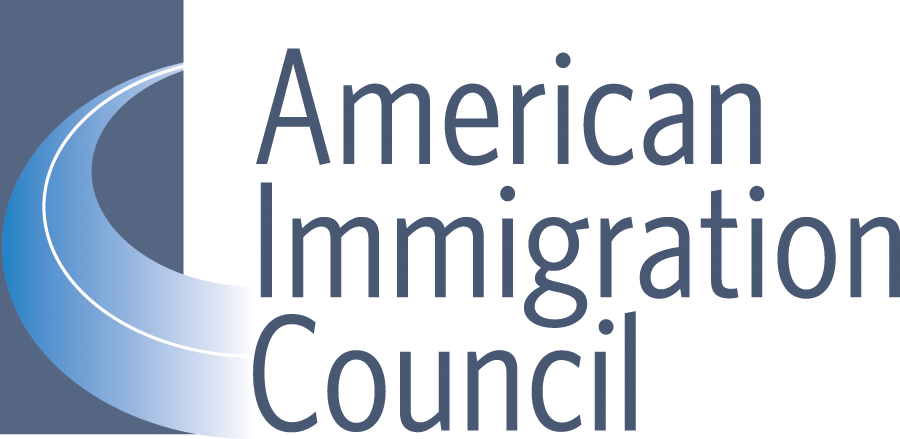By Laila Khan and Raul Pinto
On his first day in office, President Donald Trump issued an executive order aimed at ending birthright citizenship for babies of undocumented immigrants and for people with temporary status in the U.S. Executive Order 14156: Protecting the Meaning and Value of American Citizenship departs from over 125 years of precedent as it sought to abolish the United States’ longstanding policy of unrestricted birthplace-based citizenship.
The executive order drew immediate legal challenges from states, immigrant rights groups, and expecting mothers. On January 23, three days after it was issued, Federal District Court Judge John C. Coughenour in Washington State called the order “blatantly unconstitutional” and blocked its implementation for 14 days. On February 5, Federal District Judge Deborah L. Boardman issued a preliminary injunction also stopping implementation of the executive order. The preliminary injunction preserves the status quo until final judgement. As a result, the executive order has indefinitely been blocked until these cases are adjudicated.
What is Birthright Citizenship?
Birthright citizenship is the process by which babies automatically attain citizenship in a state upon birth. Countries throughout the world have adopted birthright citizenship in two forms: ancestry-based citizenship (jus sanguinis), which derives citizenship status for a child based on their parents’ citizenship, or birthplace-based citizenship (jus soli) which derives citizenship status based on the child’s place of birth. The United States adopted unrestricted birthplace-based citizenship—like the vast majority of other countries in the western hemisphere —meaning anyone born within U.S. territory is automatically a citizen at birth.
The Fourteenth Amendment
Enacted following the end of the Civil War, the Fourteenth Amendment of the Constitution sought to guarantee certain rights for African Americans and to rectify the Supreme Court’s Dred Scott v. Stanford decision, which deemed African Americans ineligible for citizenship based on their race. The first sentence of the Fourteenth Amendment states: “All persons born or naturalized in the United States, and subject to the jurisdiction thereof, are citizens of the United States and of the state wherein they reside.” Despite its troubled implementation leading to the adoption of Jim Crow laws, the goal of this clause in the Amendment was to end the existence of a class of people who were subjected to American law but excluded from American legal rights. Birthplace-based citizenship was used to ensure that those born in the United States, regardless of race, would be citizens, subject to limited exceptions.
Children of undocumented immigrants historically have been protected under the citizenship clause of the Fourteenth Amendment. According to most legal scholars, undocumented immigrants come to the United States for employment, to contribute to the economy, and to live among U.S. society. What makes immigration laws enforceable against them is that they are “subject to the jurisdiction” of the United States. The Fourteenth Amendment became the basis for landmark Supreme Court rulings over the years addressing birthright citizenship because the Citizenship Clause’s line about who was “subject to the jurisdiction” of the United States generated some uncertainty.
The 1898 ruling in United States v. Wong Kim Ark finally answered the question whether a child of Chinese immigrants (who were ineligible for citizenship due to the Chinese Exclusion Acts) born on U.S. territory was eligible for birthright citizenship. The case confirmed the unequivocal precedent that anyone born in the United States, regardless of their parent’s immigration status, is a citizen at birth.
Executive Order 14156: “Protecting the Meaning and Value of American Citizenship”
President Trump’s executive order drastically diverged from over a century of precedent as it deviated from the United States’ longstanding policy of unrestricted birthplace-based citizenship. While the executive order confirmed that the Fourteenth Amendment “rightfully repudiated” the Dred Scott decision, it asserted that the Fourteenth Amendment has “always excluded from birthright citizenship persons who were born in the United States but not subject to the jurisdiction thereof.”
The order outlined two categories of individuals “born in the United States and not subject to the jurisdiction thereof,” that the administration believes should not be U.S. citizens by birth: a child of an undocumented mother and a father who is not a citizen or lawful permanent resident OR a mother who is a temporary visitor and a father who is not a citizen or lawful permanent resident. The order would have made ancestry a criteria for citizenship – it requires children born on U.S. soil to have at least one parent with U.S. citizenship or a green card to be born a U.S. citizen.
The order directed government agencies in the United States to stop issuing documents recognizing babies falling under these categories as U.S. citizens. One potential impact of the directive would have prohibited the U.S. State Department from issuing U.S. passports to these categories of children. However, the directive also would have prohibited the federal government from recognizing birth certificates issued by state and local governments that qualified the children targeted by the executive order as U.S. citizens, creating confusion and concerns about the impact of this action at the state level.
Legal Action Against the Executive Order
The executive order drew immediate legal challenges with six lawsuits brought by 22 states, immigrant rights groups, and expecting mothers.
According to the lawsuits, the Citizenship Clause secures unrestricted birthplace-based citizenship for all those born on U.S. territory. This is because in overturning Dred Scott, Congress repudiated the concept of deriving birthright citizenship “based in any way on racial, hereditary, or dependent on a parent’s immigration status.” The issue has further been cemented by the Supreme Court precedent in Wong Kim Ark. As such, the executive branch does not have the authority to “rewrite or nullify a constitutional amendment.” Nor is the branch “empowered by any other source of law to limit who receives United States citizenship at birth.”
In the lawsuit filed by the states of Washington, Arizona, Illinois and Oregon, Judge Coughenour—nominated to the court by President Ronald Reagan—granted a 14-day restraining order, which blocked implementation of the order, after calling the executive order “blatantly unconstitutional.” On February 5, 2025, Judge Boardman, issued a preliminary injunction in the lawsuit filed by expecting mothers, repeatedly pointing to the Supreme Court’s ruling in Wong Kim Ark settling the question of birthright citizenship and stating, “The United States Supreme Court has resoundingly rejected the president’s interpretation of the citizenship clause of the 14th amendment. In fact, no court in the country has ever endorsed the president’s interpretation. This court will not be the first.” This injunction is more permanent than the temporary restraining order as it indefinitely halts the executive order from taking place until the court settles the issue.
President Trump stated during his candidacy that this executive order would be to “discourage future waves” of irregular migration. However, the lawsuits argued that abolishing birthright citizenship will only “impose second-class status” on a group of children born in the United States. Future generations of children would be denied basic healthcare, the right to vote, the right to hold certain jobs, unable to obtain require identification, and more even though they were born in the United States and have never lived anywhere else. The executive order resurrects the notion of a “caste-based system” that targets individuals for disparate treatment based on their parents’ citizenship status, and directs the country dangerously back to the “reprehensible conception of hereditary birthright citizenship espoused in Dred Scott.”
The legal precedent against ending birthright citizenship is clear and must be followed by courts as this case works itself through the legal system.
FILED UNDER: Trump administration


